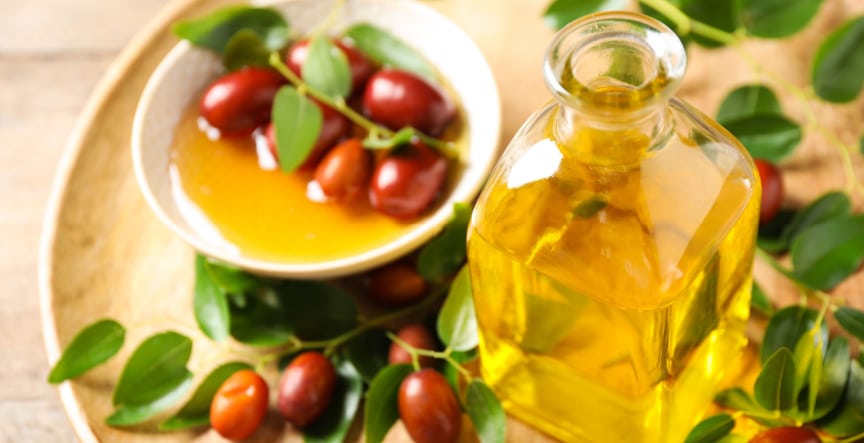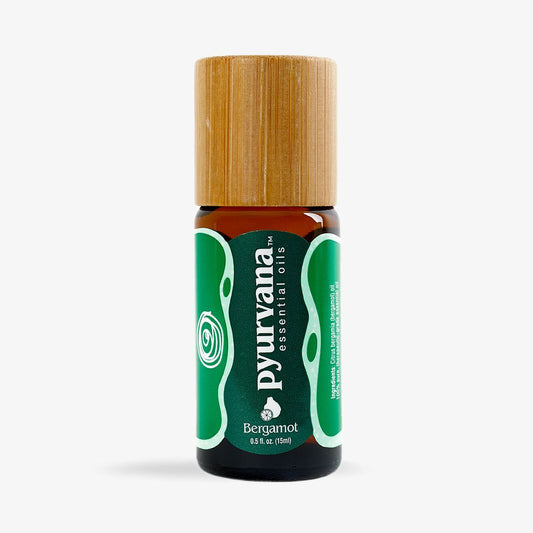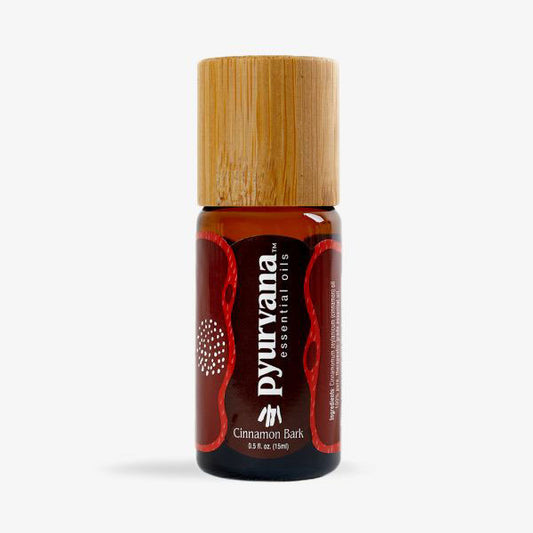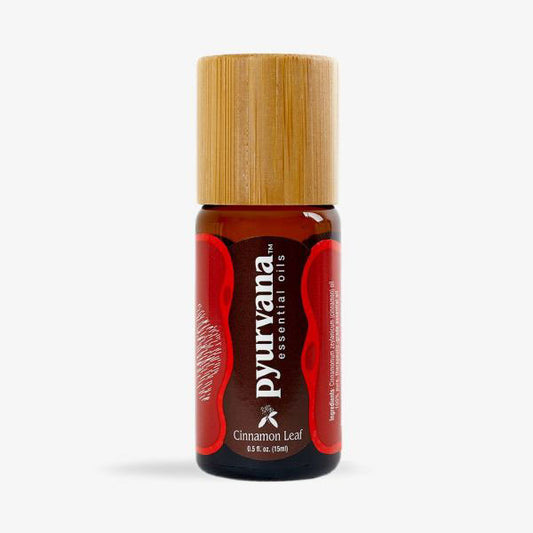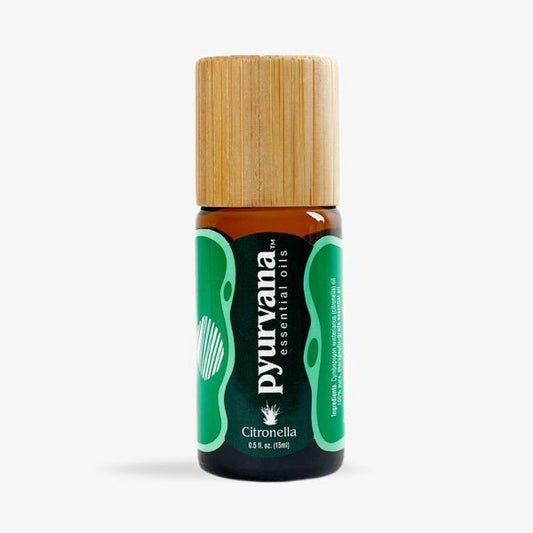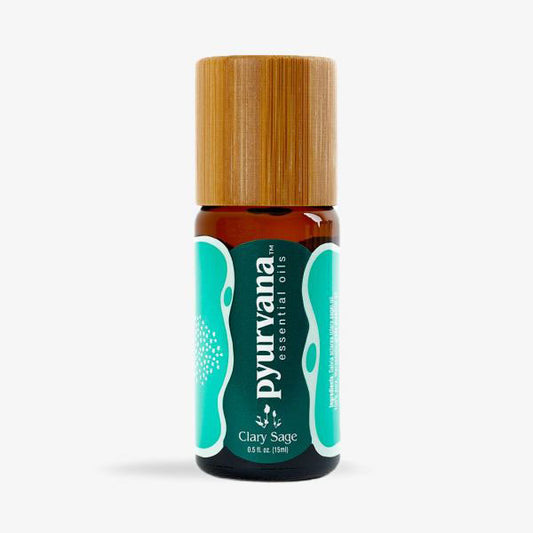A crucial step in using essential oils safely is diluting them properly before topical use. That is where carrier oils come in. This blog will guide you through the purpose of carrier oils, what criteria you should consider when choosing an oil, and a few of the best types to use for aromatherapy.
The Purpose of Carrier Oils
Carrier oils get their name because of their purpose. They are a key part of aromatherapy because they are used to dilute essential oils and “carry” them into your skin. Essential oils are a highly-concentrated substances, so mixing them with a carrier makes them less potent and safer to apply directly to your skin.
They also allow you to apply essential oils to a larger area of your body. Mixing the two oils together results in an easy-to-spread mixture that will extend the use of essential oils. Carrier oils are often unscented so that they don’t interfere with the properties of essential oils.
Carrier oils are also beneficial because they have a slow evaporation rate, which extends the positive impacts of essential oils when they are combined. Along with making essential oils safer to use, they have benefits of their own as well. Carrier oils nourish and moisturize your skin and are key ingredients in many health and beauty products.
Choosing the Best Carrier Oil
With so many types of carrier oils available, it is important to know which options will work the best for you, and which ones won’t.
A few criteria to take into consideration when choosing a good carrier oil are:
- Odor: Most carrier oils are unscented, but some have a sweet or nutty aroma. Depending on what essential oils you plan to mix with it, that aroma can either complement or clash with your desired oils. Consider an unscented carrier oil if you don’t want it to alter the odor of the mixture.
- Absorption: Your body absorbs carrier oils at different rates. Depending on the thickness, certain oils can penetrate your skin much faster than others. This means the essential oil it is mixed with will absorb quickly as well, causing the scent to dissipate sooner.
- Shelf life: Each carrier oil has a unique shelf life. Once expired, they begin to lose some of their properties, so it is important to keep the expiration date in mind.
- Skin type: Carrier oils each have their own strengths for skin care. Depending on your skin type, specific carrier oils might irritate or worsen your skin condition, while others can help to improve it.
Types of Carrier Oil
There is a wide range of carrier oils available that are suitable for mixing with essential oils. The best carrier oils are usually vegetable oils, which are derived from seeds, kernels, or nuts. Aloe vera gel and unscented body lotion are also options.
Each oil has its own advantages, so the oil you choose will depend on your desired outcome. Not all oils should be used as carrier oils, however. Greasy substances like butter, petroleum jelly, and mineral oil do not mix well with essential oils and should be avoided.
Five of the best carrier oils are:
Coconut Oil
Coconut oil is a very popular carrier oil option. It is extracted from mature coconut to retain its aroma and flavor. It moisturizes and nourishes dry skin and leaves a smooth feeling after application. Massaging coconut oil into your scalp will moisturize it lightly without leaving behind a greasy residue.
Jojoba Oil
Another commonly used carrier oil is jojoba. While it is technically a liquid wax, it is a compound similar to oil with many of the same beneficial properties. Jojoba oil is anti-inflammatory, making it helpful in treating acne. It absorbs well, cleansing your skin while removing excess dirt and sweat. Jojoba oil can also be used as a natural makeup remover when it is applied on its own.
Grapeseed Oil
As its name suggests, grapeseed oil is extracted from grape seeds and is one of the results of the winemaking process. It is rich in vitamin E, which is known to heal skin and reduce wrinkles. Due to its lightweight consistency, grapeseed oil is well suited for making body and massage oils.
Olive Oil
Olive oil is best known for its edible properties, but it is also used in aromatherapy. It works well as a carrier oil because it is moisturizing, protects hair from heat and pollutants, and is packed with fatty acids that are cleansing. It has a thick consistency and leaves a shiny layer on the skin. It also has a strong fruity scent that will influence the aroma of essential oil blends.
Avocado Oil
Along with olive oil, avocado oil is edible and can also be used as a carrier for essential oils. This nutrient-rich oil has a slightly nutty odor and works best for moisturizing. It can smooth and nourish both skin and hair, as well as help repair damage. It is often used to supplement other carrier oils due to its thick consistency.
How to Safely Dilute Essential Oils With a Carrier
100% pure essential oils are highly concentrated substances and are not safe to apply directly to your skin. If you do so, it can irritate or burn the area, and in more severe cases, develop an allergic reaction or rash.
When using essential oils topically, it is necessary to dilute them first. This will ensure that you will receive their benefits without experiencing any harsh side effects. At Pyurvana, we recommend a dilution ratio of three drops of essential oil for every one teaspoon of carrier oil.
If you plan to use oils on your face, we suggest diluting them even further. Three drops of essential oil in four teaspoons of carrier oil is an appropriate ratio. In addition, those with sensitive skin should start with an even lower concentration. To make sure that you have the proper dilution ratio for your specific skin type, you should always do a patch test before using the mixture more widely.
To perform a patch test:
- Apply a small amount of diluted oil to a cotton swab or tissue.
- Rub the swab on a contained area of your skin, such as the inside of your wrist or below your ear.
- Cover the area or leave it untouched for up to 48 hours.
- If no irritation occurs, it is safe to use the diluted oil more widely on your body.
- If a rash or burn breaks out after application, rinse the area immediately and consult with your doctor.
Caring for Carrier Oils
Like essential oils, carrier oils need to be properly cared for in order to ensure that they will keep working properly. Carrier oils should always be kept in a cool, dry place, preferably in an airtight glass container when they are not in use. Storing them in the refrigerator will help them retain their freshness. Make sure to keep oils away from strong light as well, as it can change their chemical composition.
Carrier Oils at Pyurvana
At Pyurvana, we have everything you need to use oils safely. We currently offer coconut and jojoba carrier oils to mix with our wide array of essential oil options. We also have other accessories, such as diffusers, that will enhance your aromatherapy experience.

